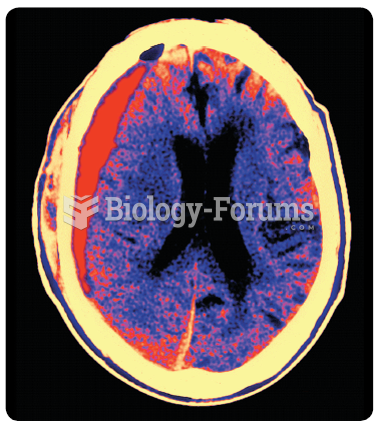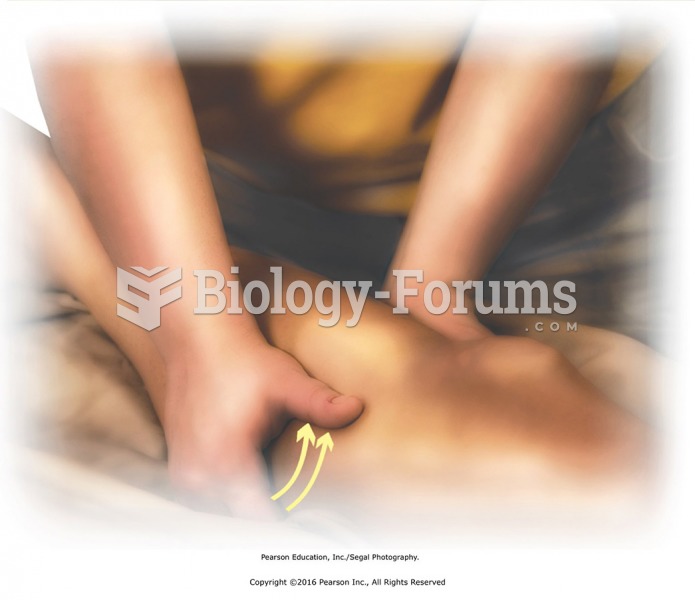|
|
|
Excessive alcohol use costs the country approximately $235 billion every year.
The Food and Drug Administration has approved Risperdal, an adult antipsychotic drug, for the symptomatic treatment of irritability in children and adolescents with autism. The approval is the first for the use of a drug to treat behaviors associated with autism in children. These behaviors are included under the general heading of irritability and include aggression, deliberate self-injury, and temper tantrums.
There can actually be a 25-hour time difference between certain locations in the world. The International Date Line passes between the islands of Samoa and American Samoa. It is not a straight line, but "zig-zags" around various island chains. Therefore, Samoa and nearby islands have one date, while American Samoa and nearby islands are one day behind. Daylight saving time is used in some islands, but not in others—further shifting the hours out of sync with natural time.
There are major differences in the metabolism of morphine and the illegal drug heroin. Morphine mostly produces its CNS effects through m-receptors, and at k- and d-receptors. Heroin has a slight affinity for opiate receptors. Most of its actions are due to metabolism to active metabolites (6-acetylmorphine, morphine, and morphine-6-glucuronide).
The first oncogene was discovered in 1970 and was termed SRC (pronounced "SARK").
 The target lambda on this vehicle is slightly lower than 1.0 indicating that the PCM is attempting ...
The target lambda on this vehicle is slightly lower than 1.0 indicating that the PCM is attempting ...
 A CT scan of a subdural hematoma. Notice that the subdural hematoma has displaced the left lateral ...
A CT scan of a subdural hematoma. Notice that the subdural hematoma has displaced the left lateral ...




